5 facts you didn’t know about Clifton College

Sometimes, a quirky fact or two can really brighten up a dreary day, and seeing as the weather is cold and grey, we thought we’d treat you to five.
Ranging between weird and wonderful to thoroughly interesting, did you know about any of these Clifton College facts?
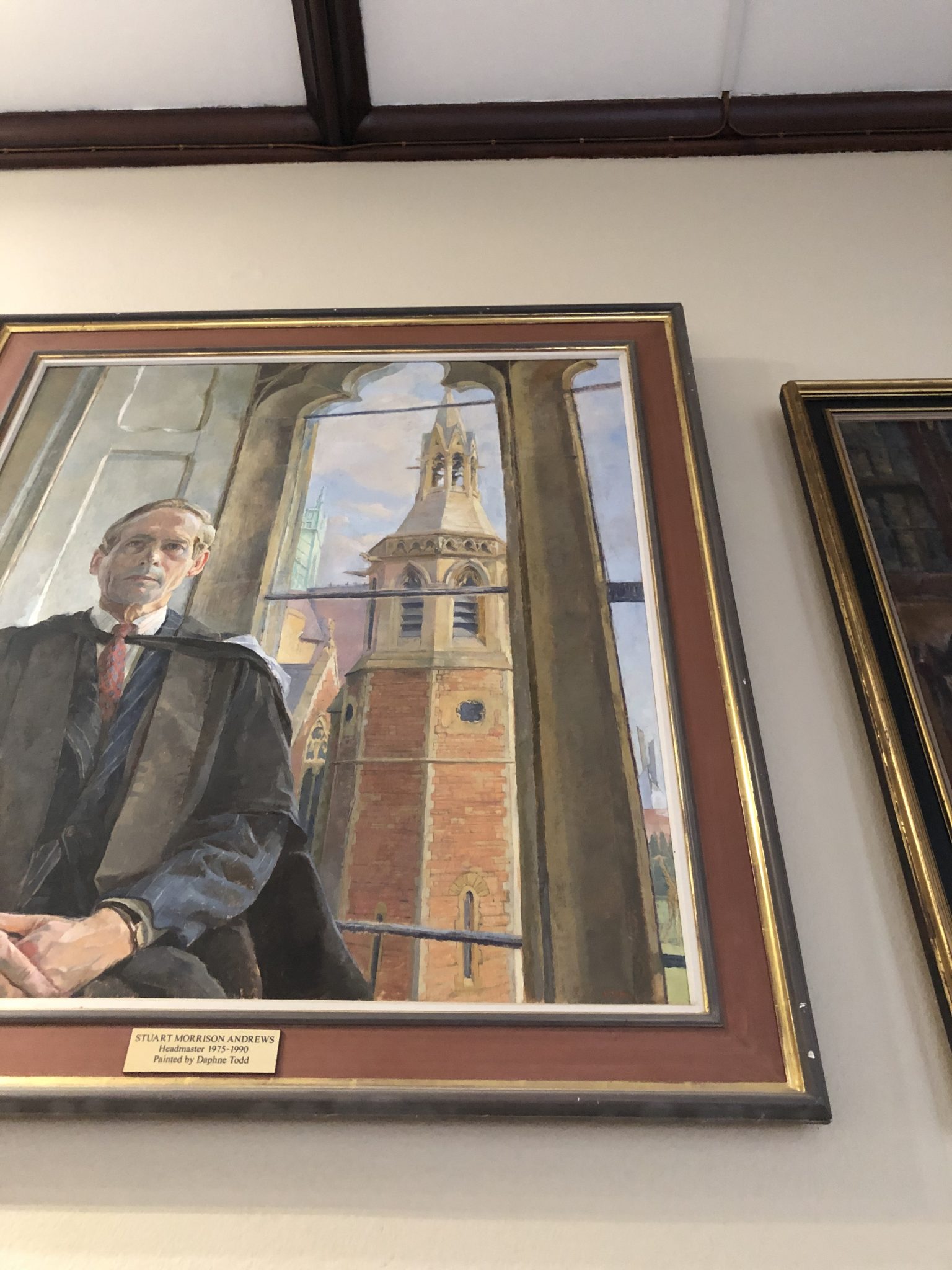
The Head’s painting
In the East Cloisters, you’ll find portraits of all former Clifton College Head Masters, but did you know there is a little surprise in Stuart Morrison Andrews’ (Head Master 1975 – 1990) portrait? If you look closely, to the right hand side of the window, you’ll notice there is a giraffe stood rather casually on the Close!
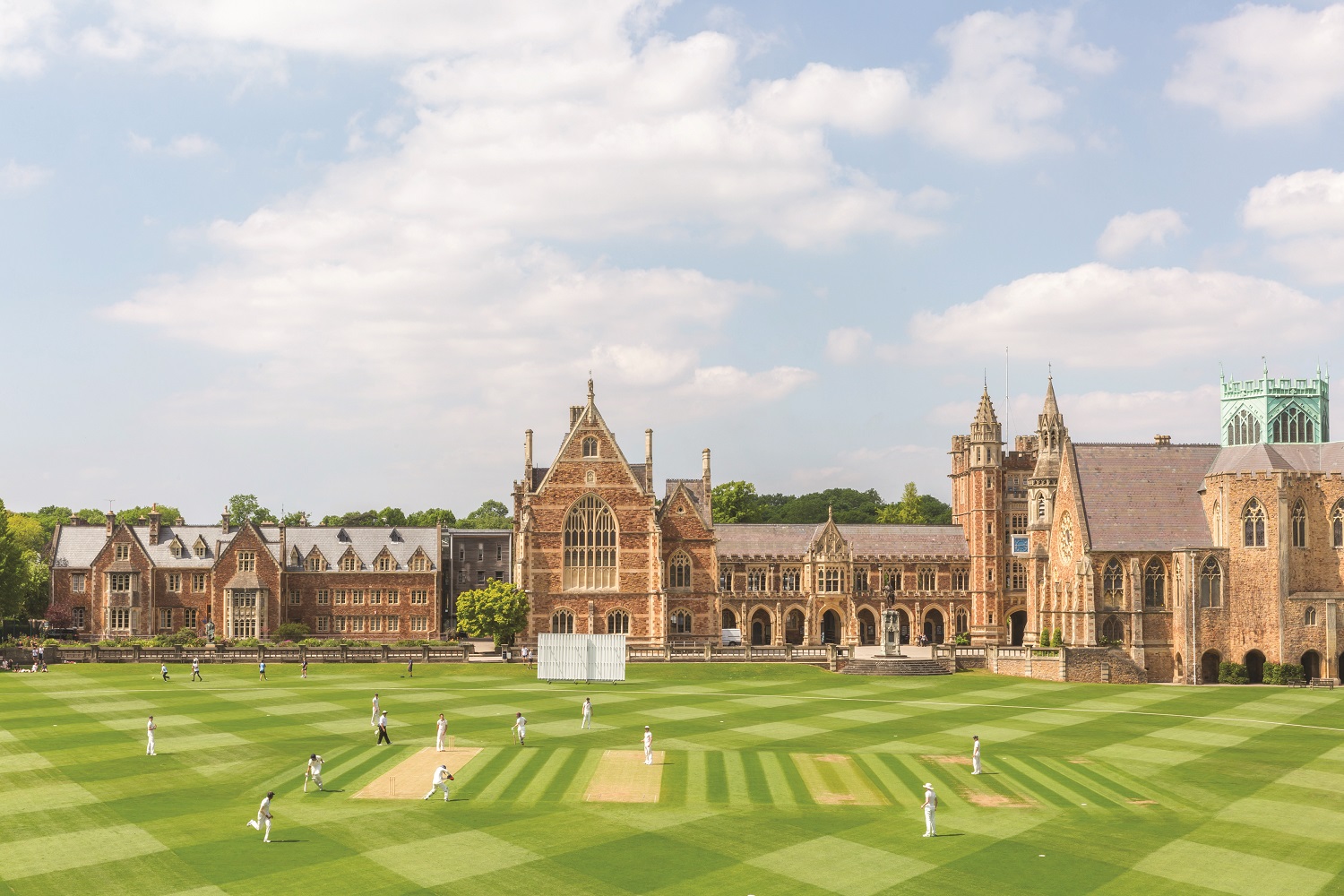
A famous poem
One of the world’s most famous sporting poems Vitaï Lampada (‘the torch of life’) was written by Henry Newbolt in 1892. It has been said that the poem is based on his memories of playing cricket on the Clifton College Close as a pupil.
The poem reads, “There is a breathless hush in the Close tonight, ten to make and the match to win, a bumping pitch and a blinding light, an hour to play and the last man in.”
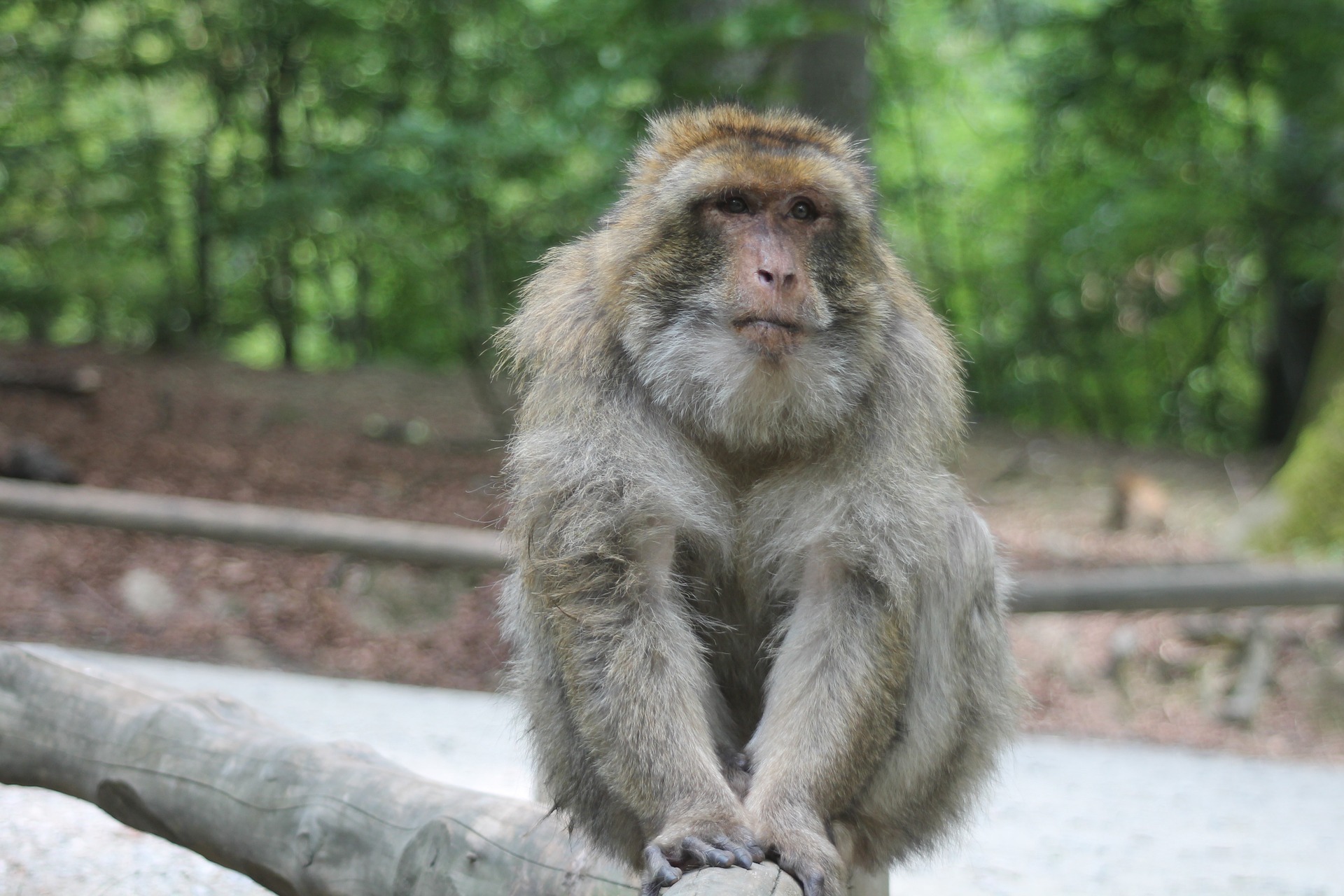
Intruder in the dormitory
In 1934, 12 Rhesus monkeys escaped from their Bristol Zoo enclosure and were spotted causing havoc over a weekend all around the city. One monkey took a stroll over the road to Clifton College, where it managed to enter a House dormitory. The final monkey was on the run for almost a week until it was lured back to its enclosure with a trail of food by the zookeepers.
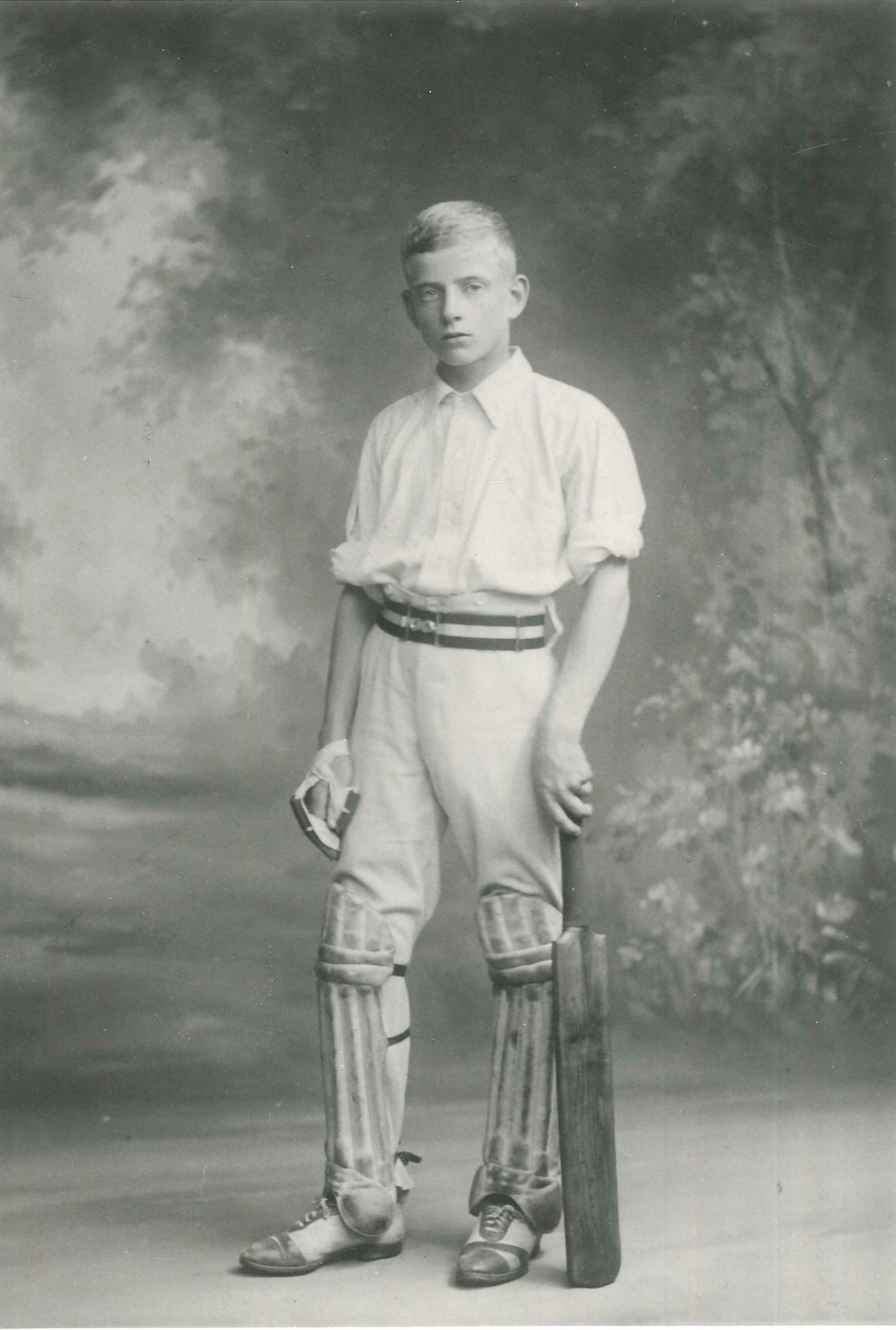
The remarkable score
Arthur Edward Jeune Collins was a pupil at Clifton College who held the record for the highest individual score in cricket for 116 years. It was while attending the College, at just 13 years old, that Collins hit 628 not out in a House match over four afternoons in June 1899. This remarkable score stood as the record until 2016.
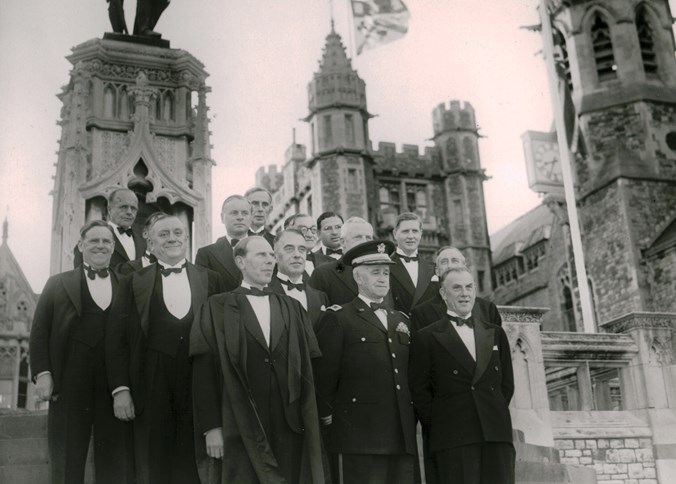
Council Room planning
It was within Clifton College’s very own walls that many of the plans for the D-Day landings were drawn up by US First Army commander General Omar Bradley and his staff. Not only was the Percival Library taken over by clerks typing loading bills for the invasion, but Bradley and his team, who were based here between 1943 and 1944, used the Council Room for much of their detailed planning.
You can read more about Clifton College’s involvement with the D-Day landings on our website.
Do you have any interesting facts about Clifton College to add to this list? Let us know in the comments section below our Facebook post.
